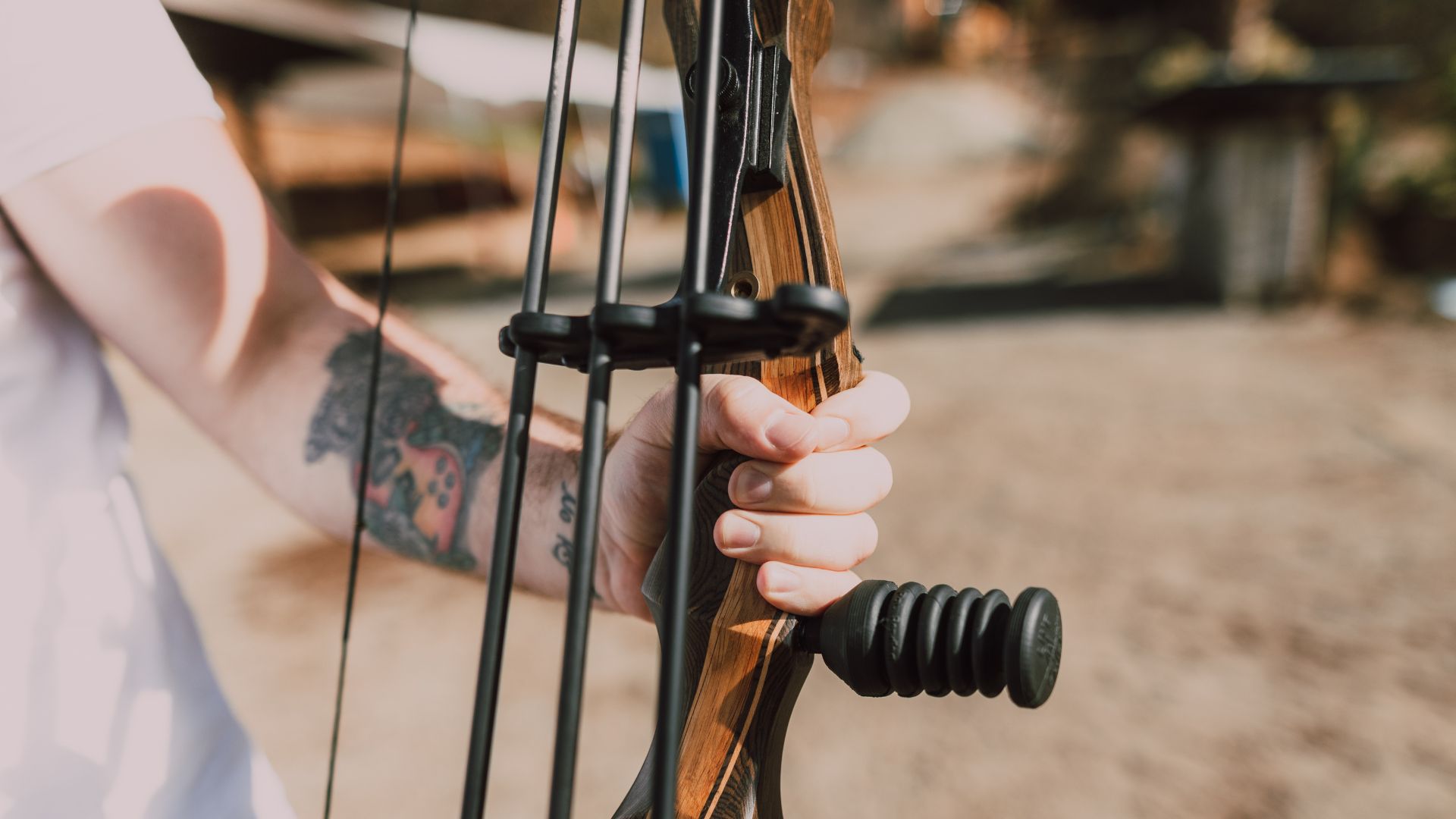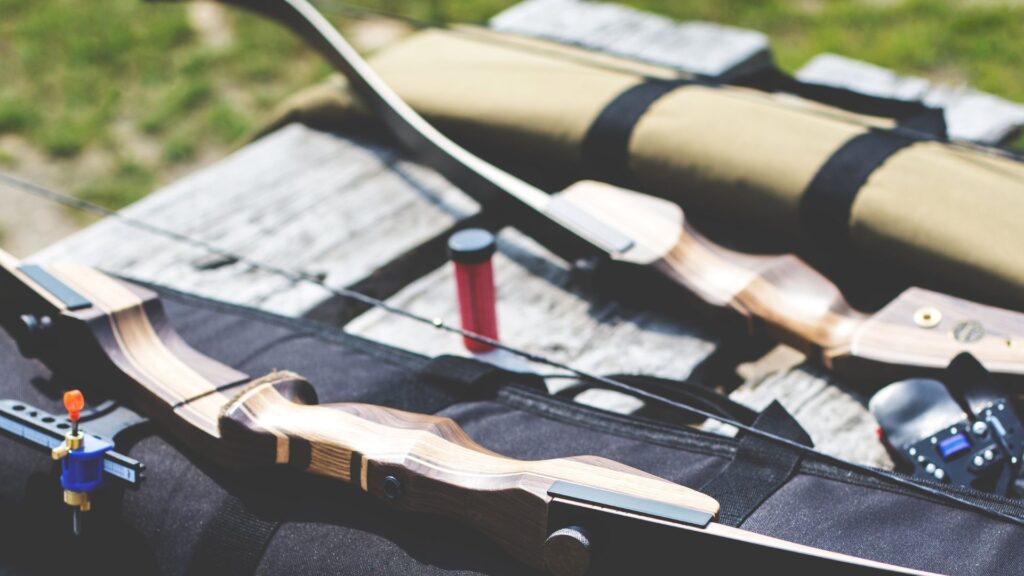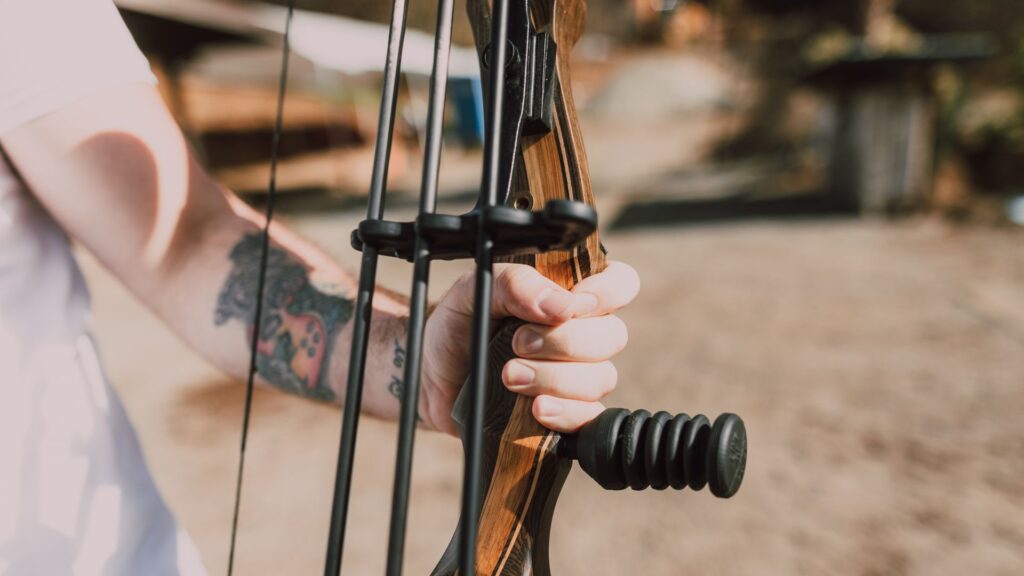The anatomy of a bow: Understanding the parts of your archery gear
As an archer, one of the most important steps you can take to improve your shooting is to truly understand the equipment you’re using. Whether you’re a beginner or a seasoned pro, knowing the anatomy of your bow is crucial to both setting it up correctly and maintaining it over time. A bow might seem

As an archer, one of the most important steps you can take to improve your shooting is to truly understand the equipment you’re using. Whether you’re a beginner or a seasoned pro, knowing the anatomy of your bow is crucial to both setting it up correctly and maintaining it over time. A bow might seem like a simple tool, but each component plays a specific role in how it performs, and getting to grips with these parts can enhance your accuracy, consistency, and overall experience.
In this article, we’ll break down the main parts of a bow and its accessories, explaining their function and how each piece works together to improve your shots:
- Main parts of the bow
- Additional components for your bow
- Choosing accessories: Enhancing your shooting performance
- Familiarise yourself with your bow’s anatomy

Main parts of the bow
The bow itself consists of several key components, each of which serves a specific purpose in helping you shoot arrows accurately and efficiently. Let’s explore the main parts in more detail.
Riser
The riser is the central part of the bow, often made from materials like aluminium, carbon fibre, or wood, depending on the type of bow. It is the frame that connects all the other components, such as the limbs, grip, and stabilisers. The riser is typically where the arrow rest and sight are attached. It also contains the bow’s grip, which is crucial for your hand position and comfort when shooting.
In compound and recurve bows, the riser is usually designed for strength and stability, providing a solid platform from which the bow can be drawn and released. In longbows, the riser is less pronounced, as the bow’s structure is much simpler.
Limbs
The limbs are the two long, flexible parts of the bow that store and release energy. When you draw the bowstring back, the limbs bend, storing energy that is transferred to the arrow when you release the string. The limbs play a major role in the bow’s power and performance, as their flex determines how much energy is stored and how fast the arrow will travel.
Recurve bows have limbs that curve outward at the ends, while compound bow limbs are more rigid and are assisted by cams (which we’ll cover shortly). Limbs come in various sizes, and their flexibility or stiffness can significantly affect the bow’s draw weight, so choosing the right limbs based on your strength and shooting style is important.
Bowstring
The bowstring is one of the most important components of any bow. Made from durable materials such as Dacron, Kevlar, or Fast Flight, the string is responsible for transferring the energy stored in the limbs to the arrow when you release it. The tension and condition of the string can impact the bow’s performance, so it’s essential to keep the string well-maintained.
Regularly waxing the string helps prevent fraying and ensures smoother shots. Over time, bowstrings stretch, fray, or become damaged, so it’s crucial to check the string regularly and replace it when necessary to maintain optimal shooting performance.
Cams (for compound bows)
Compound bows differ from recurve and longbows in that they include a system of cams and pulleys. The cams are the round wheels or gears located at the ends of the bow limbs. The cams work in tandem with the bowstring to help reduce the amount of force required to hold the bow at full draw (called “let-off”), which makes compound bows easier to handle during long shooting sessions.
The cams’ design allows the archer to hold the string at full draw with less effort, resulting in greater stability and less fatigue, especially during competitions or long-range shooting. The cam system also contributes to the arrow’s speed and power, making compound bows ideal for both target archery and bowhunting.
Grip
The grip is the part of the bow where you place your hand. It plays a crucial role in helping you maintain control and stability while shooting. Most grips are designed to fit comfortably in the hand, with many featuring ergonomic designs that reduce tension and promote a relaxed grip.
The grip should not be held too tightly, as this can cause unnecessary tension and affect your shot. A loose, relaxed grip allows the bow to move naturally when you release the string, improving your accuracy.

Additional components for your bow
Apart from the main parts of the bow, there are several additional components that can enhance your archery performance. These accessories help improve stability, accuracy, and comfort, and they can make a significant difference, especially for more experienced archers.
Stabilisers
A stabiliser is a rod or series of rods attached to the bow that helps reduce vibrations and stabilise the bow during shooting. Stabilizers absorb some of the shock generated when the bowstring is released, leading to a smoother shot and less hand vibration. They also improve balance, helping you maintain steady aim when drawing the bowstring.
There are different types of stabilisers, ranging from short versions designed for compact bows to longer ones used in target archery for extra stability. Depending on your shooting style, stabilisers can help increase accuracy by reducing bow movement.
Sights
A sight is an optical device attached to the bow that helps you aim more precisely. Most archery sights have a set of pins that correspond to different distances, allowing you to adjust your aim based on the target’s range. The sight is especially useful in target archery and bowhunting, where long-distance accuracy is important.
There are various types of sights, including fixed-pin and movable-pin sights, each offering different levels of adjustment. The right sight for you depends on your shooting style and experience level.
Arrow rest
The arrow rest is the part of the bow where the arrow sits before being shot. It helps keep the arrow steady and ensures that it’s aligned correctly with the bowstring. There are different types of arrow rests, from simple models to more advanced ones that help reduce arrow contact with the bow for greater accuracy.
Arrow rests are especially important for compound and recurve bows, where the arrow needs to be held securely in place as you draw the bowstring. A well-adjusted arrow rest ensures that the arrow is properly aligned and stable during the shot.
Choosing accessories: Enhancing your shooting performance
Selecting the right accessories for your bow can make a significant difference in your shooting performance. Stabilizers, sights, and arrow rests can help improve accuracy, consistency, and comfort. When choosing accessories, consider your specific shooting style, the type of archery you participate in, and your personal preferences.
Don’t be afraid to experiment with different setups to find what works best for you. The right accessories can help you shoot more comfortably and consistently, which will ultimately improve your results.
Familiarise yourself with your bow’s anatomy
Understanding the anatomy of your bow and its various components is crucial for maintaining and optimising its performance. Whether you’re a beginner or an experienced archer, familiarising yourself with the riser, limbs, string, cams, and accessories will help you choose the best setup, maintain your gear, and improve your shooting accuracy.
“The bow is more than just a tool; it’s a harmonious blend of components, each playing its part to turn your focus into precision. Understanding its anatomy is the first step toward mastering the art of archery.”
Regular maintenance and thoughtful upgrades can enhance your overall archery experience, so take the time to understand your equipment and make adjustments as needed. With a well-maintained bow and the right accessories, you’ll be on the path to becoming a more accurate and consistent archer. Happy shooting!